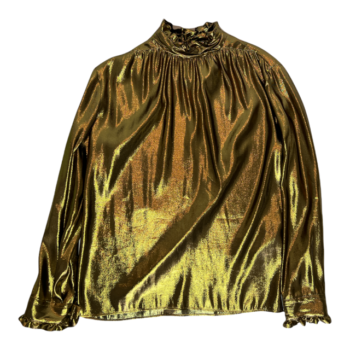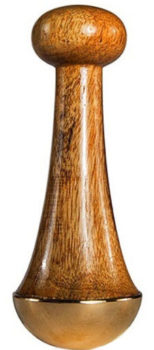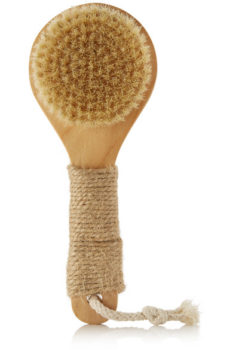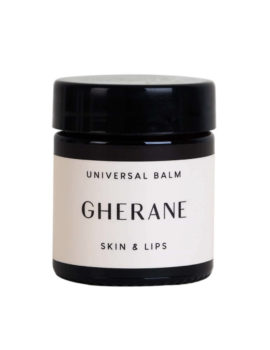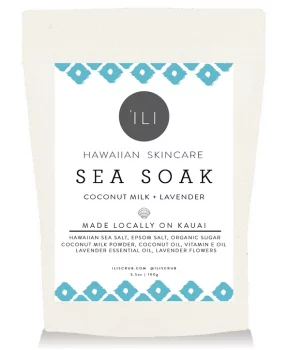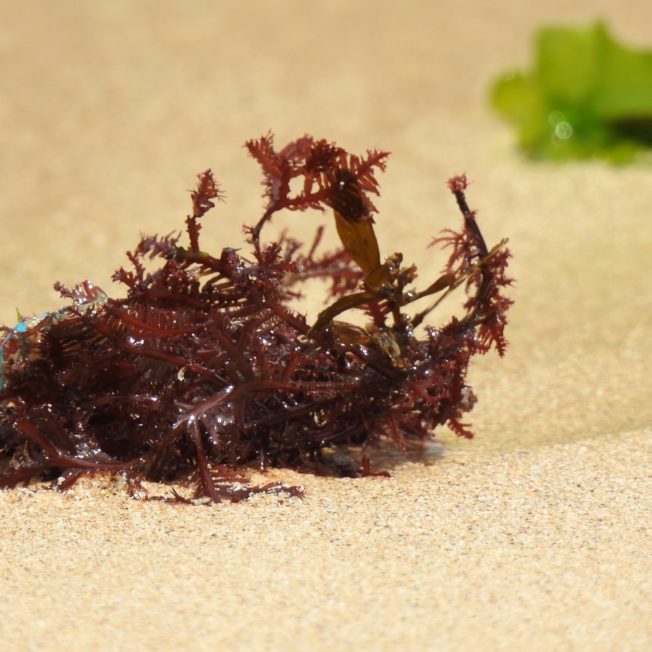In recent months, there’s been a rise in interest in sea moss, a variety of algae and seaweed making waves (no pun intended) for its health benefits for our skin and body.
What is sea moss?
Sea moss generally refers to specific types of algae or seaweed and is among the thousands of varieties and species of seaweed and algae. Sea moss comes in various colors, including yellow, brown, and black, but most commonly appears as red. Generally, sea moss can be found in warm waters, including along the coast of the Atlantic Ocean, in Asia, South America, Africa, and some parts of the Caribbean.
Several types of sea moss are used in food production as well, including Irish sea moss (Chondrus crispus), Jamaican sea moss (gracilaria), and gusô (eucheuma cottonii). Sea moss has grown in popularity in the United States but has been grown and used for centuries worldwide. Species of seaweed and algae have been leveraged for years for medicine and culinary pursuits. In fact, archaeologists estimate that for approximately 14,000 years, humans have been harvesting and utilizing sea moss.
What are its benefits?
Generally, sea moss is high in several nutrients, including B-vitamin folate, vitamin K, iron, iodine, magnesium, and calcium, for a nutrient boost. As a result, it has a wide range of health benefits, including supporting gut and thyroid health, aiding our immune system, improving our blood sugar control, and helping with our heart health.
Individuals look to sea moss as a heart-healthy ingredient due to its high fiber content. It can help improve blood sugar control, lower cholesterol, and reduce our risk of diseases, including diabetes and heart disease. Because our bodies cannot make iodine–which helps keep our thyroid healthy–on its own, it is only accessible through our diet. Additionally, it can support our gut health by replenishing the good bacteria that live within our guts and boost our immunity due to its presence of iron and antioxidants.
Sea moss has also become a popular skincare ingredient due to its high vitamin and mineral content. It’s lauded for its ability to help maintain hydration and lock moisture into the skin. Additionally, because of its sulfur content, it possesses antimicrobial properties to assist in keeping our skin’s bio flora in balance to reduce acne and rosacea.
How to use sea moss
Sea moss is generally harvested for its carrageenan, which is known as an emulsifying agent and is often used to thicken milk products, including ice cream. Integrating sea moss into our diets and routines can be done in several ways. If you’re using raw sea moss rather than ingesting it in a supplement form, it should be noted that the sea moss needs to first be prepared.
First, wash the sea moss, then have it soak in cold water, changing the water frequently over a day. When the sea moss has become enlarged and has a gelatinous texture, it’s ready to be used. From there, put it into a blender or use an immersion blender to create a thick liquid, which can then be added to the base of a soup, into a smoothie, or even added to your baking for an additional dose of nutrients while adding some thickness. However, it can also be found in several other forms at your local stores or online, including supplement gels, gummies, pills, and powders.
It’s essential to be conscious of how much sea moss you consume. Because it contains iodine, it should be known that too much iodine can lead to an enlarged thyroid gland. Iodine also naturally occurs in dairy products, seafood, and iodized salt, so monitor your intake of those foods before consuming sea moss–or any iodine-rich food–on any given day.









